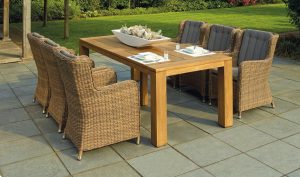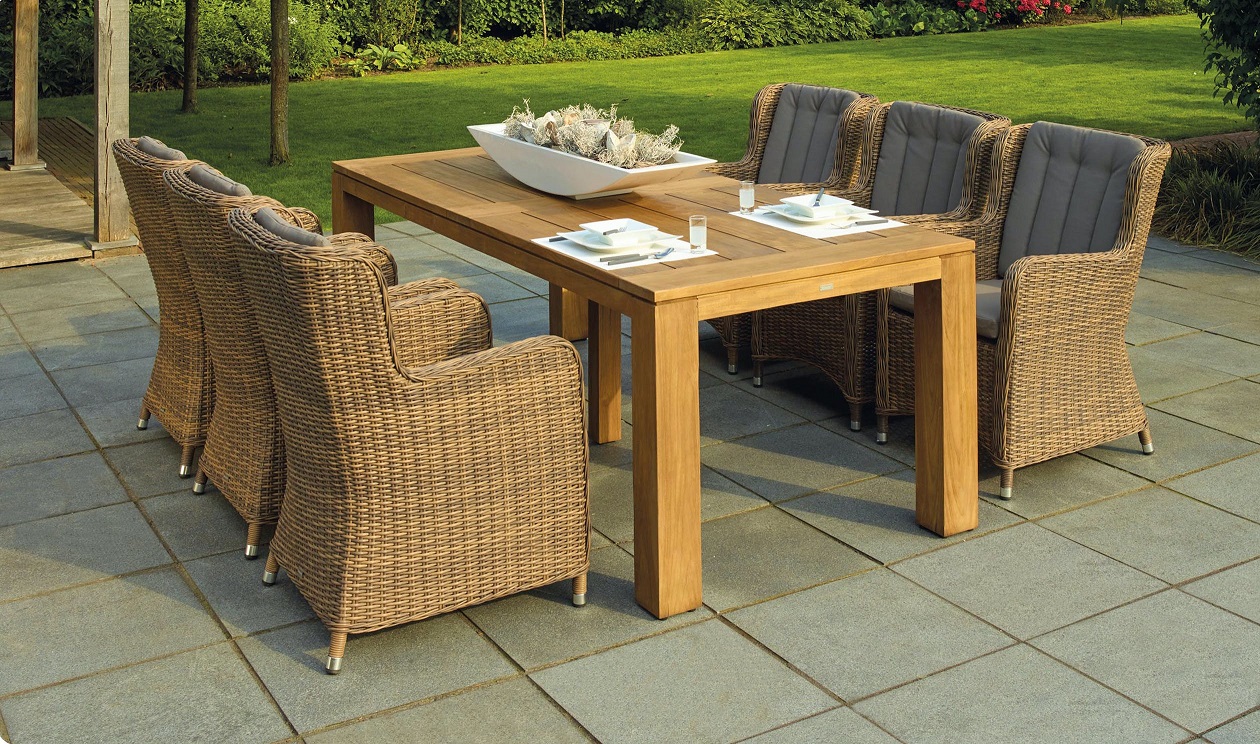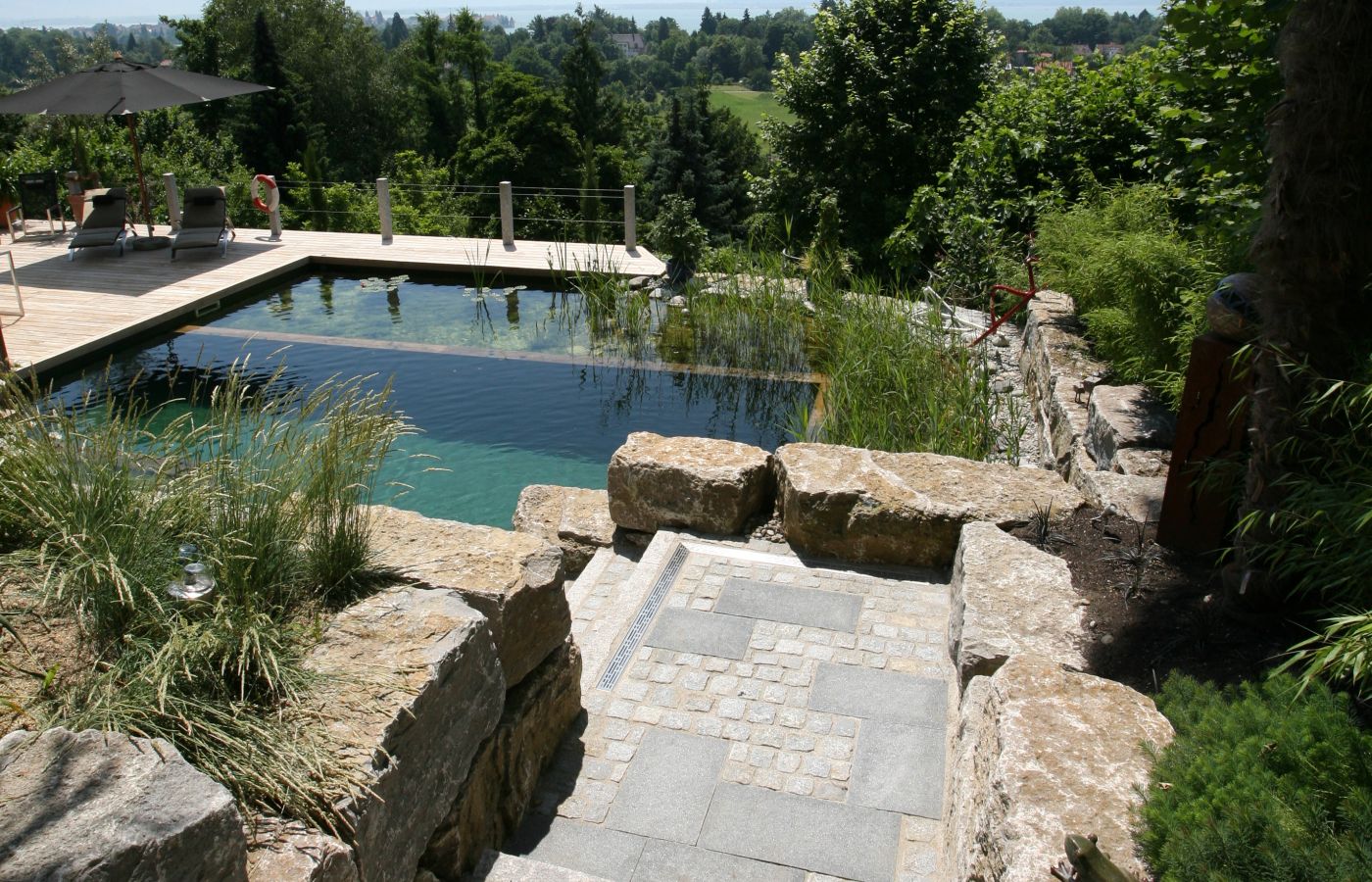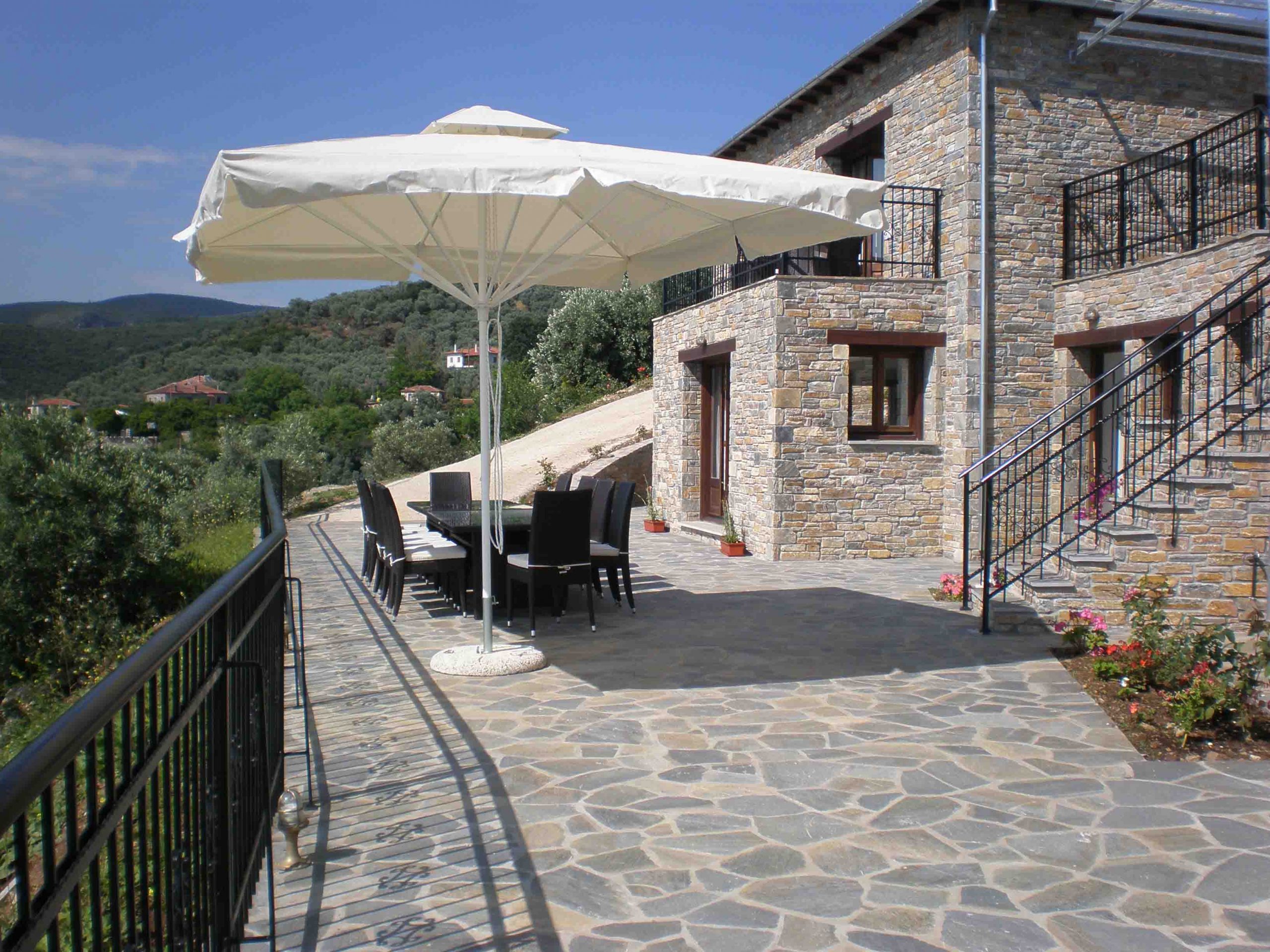Paving Joint Filler or jointing sand: choosing the right material for your paving stones
Paving Joint Filler or jointing sand which factors are important to fill in
The design of outdoor areas, whether in your garden, on the patio or in the yard, is becoming increasingly popular. Paving stones are a versatile and aesthetic solution for paving paths and surfaces. However, to ensure that the paving remains stable and is also visually appealing, the right joint filling is crucial. Here, there are two common options to choose from for a Solid Joint Weed Free: paving joint mortar and paving joint sand against weeds. Both materials have their advantages and disadvantages, and in this text we will go into more detail about their properties to help you decide.
- Paving Joint Filler: Paving Joint Filler is a special mortar mixture designed to fill the spaces between paving stones. It consists of sand, cement and special additives that give it better adhesion and stability. There are several advantages to using Paving Joint Filler:
(a) Stability: paving mortar provides a particularly strong bond between the stones, preventing them from slipping or shifting. This is especially important for heavily used areas, such as driveways or your patio with foot traffic.
b) Weed growth: Compared to jointing sand, a jointing mortar paving stone is less permeable, which makes it more difficult for weeds to grow between the joints. This means less work in the care and maintenance of the paved areas.
c) Frost resistance: The mortar is frost resistant and prevents water from penetrating into the joints and causing damage in the event of frost.
- jointing sand: jointing sand, as the name suggests, consists of fine sand and is swept into the spaces between the paving stones. There are different types of joint sand, including washed quartz sand or special joint sand with polymer additives. The use of jointing sand also has its advantages:
a) Easy processing: Sweeping in joint sand is comparatively simple and does not require any special expertise. It can also be easily refilled. - b) Water drainage: Jointing sand enables better water drainage because it is more permeable than Paving Joint Filler. This can reduce infiltration problems during heavy rainfall.
c) Flexibility: Since jointing sand is more mobile than Paving Joint Filler, it can better compensate for slight settling or movement of the paving stones.

Paving grout the best choice for your pavers
Paving Joint Filler or jointing sand the right choice
The choice between Paving Joint Filler and jointing sand depends on a number of factors, including the type of use, the stress on the surface, the climate and your personal preferences.
For high traffic areas, such as busy driveways, cobblestone grout is often the better choice as it offers high stability and resilience. Especially when grouting granite cobblestones, even in regions with harsh winters, paver grout can offer advantages due to its frost resistance.
On the other hand, jointing sand may be sufficient for less stressed areas, such as garden paths or terraces. The better water drainage can be an advantage especially during heavy rainfall. In addition, jointing sand is often cheaper and easier to work with. For this purpose, you can use Wüsti Sweeping Sand Ideal.
Note that joint sand materials require regular maintenance to maintain their function and aesthetics. Occasional refilling and cleaning of the joints is essential to minimise weed growth and soiling. Removing weeds from joints is very tedious and costly.
Overall, the decision between Paving Joint Filler and joint sand is not a blanket one, but should be made based on individual needs and requirements. It may also make sense to combine both materials in certain areas. If you are cleaning and sealing the patio this is the best solution.
Paving Joint Filler or grout sand summary
In conclusion, both Paving Joint Filler and jointing sand have their specific advantages and disadvantages and you should choose the appropriate option depending on your project and usage to ensure the beauty and durability of your paved areas. Once you have finished your area with the Paving Joint Filler then we recommend the nano floor sealant this will help protect stone from fading and wear. At the same time, you can use Nano Floor Sealing for Garage This will cover you for years to come so you won’t have to scrape joints again. This saves you valuable time.
You’ll find a selection of silicifying grout materials in the online construction shop. In addition, there is also a selection of impregnation of concrete /stones or nano floor sealing and the corresponding. Here you can find the online construction store.





